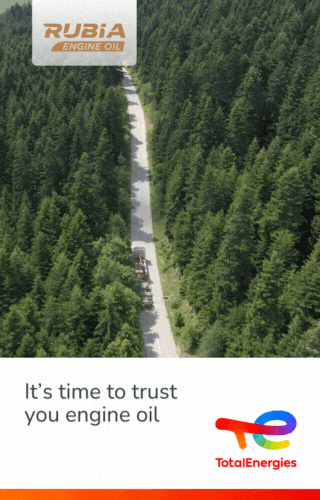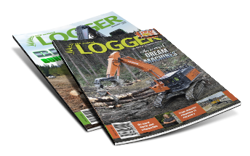WHILE MECHANISATION IN HARVESTING has advanced in leaps and bounds over the past few decades, the same cannot be said for forest growing operations such as planting and pruning, which still rely significantly on manual methods.
However, the forest growing sector faces a number of challenges, including:
• Forest owners are finding it difficult to attract people to work in labour-intensive tasks and the costs of these activities continue to rise.
• Unless we can make forestry attractive to a new generation of workers this will get worse.
• License to operate pressures will continue to increase where chemicals are used.
There is now the opportunity to explore whether advancements in technology can help overcome some of these challenges for forest growing operations. For example, through the implementation or further development of mechanisation, improved handtools or remote sensing, There is also the opportunity to learn from the advances made in other parts of the forest growing in value chain such as in harvesting operations. The last time the New Zealand forest industry had a coordinated mechanised silviculture research programme was over 30 years ago, with the Silviculture Equipment Research Group.
This had some success in nursery mechanisation and mechanical land preparation. However, not much else has changed in our other forest growing operations, particularly when compared to other parts of the value chain.
Therefore, the time has now come for the forest industry, as a collective, to invest in the development of mechanisation and other technologies for forest growing operations.
A look at harvesting operations In the 1950s all tree felling and log making was manual, with little focus on Health & Safety. Since then, mechanised harvesting has developed on flat ground, particularly over the last 25 years, but the same could not be said for steeper land.
For harvesting on steeper land, a focused effort to improve Health & Safety and harvesting productivity has seen mechanised felling on steep country increased from 20% in 2008 to 70% in 2020. As grapple extraction and mechanised log making increased there has been a corresponding reduction in the rate of serious harm injuries and fatalities in harvesting. It was also successfully demonstrated that teleoperation of harvesting equipment is possible.
A new seven-year MPI Partnership programme, now in its second year, is looking at further mechanisation and automation opportunities beyond felling and extraction to reduce costs, eliminate repetitive manual tasks and improve data connectivity across the supply chain.
There have also been major changes in log transport from bullock wagons to the rigs of today. Trucks now showcase technology and driverless trucks are already a reality – no doubt we will soon see them entering our industry here in New Zealand, especially where private road networks exist.
Advances in remote sensing such as Lidar, radar and multispectral imagery and UAV/drone technology too, mean that we are increasingly less reliant...





